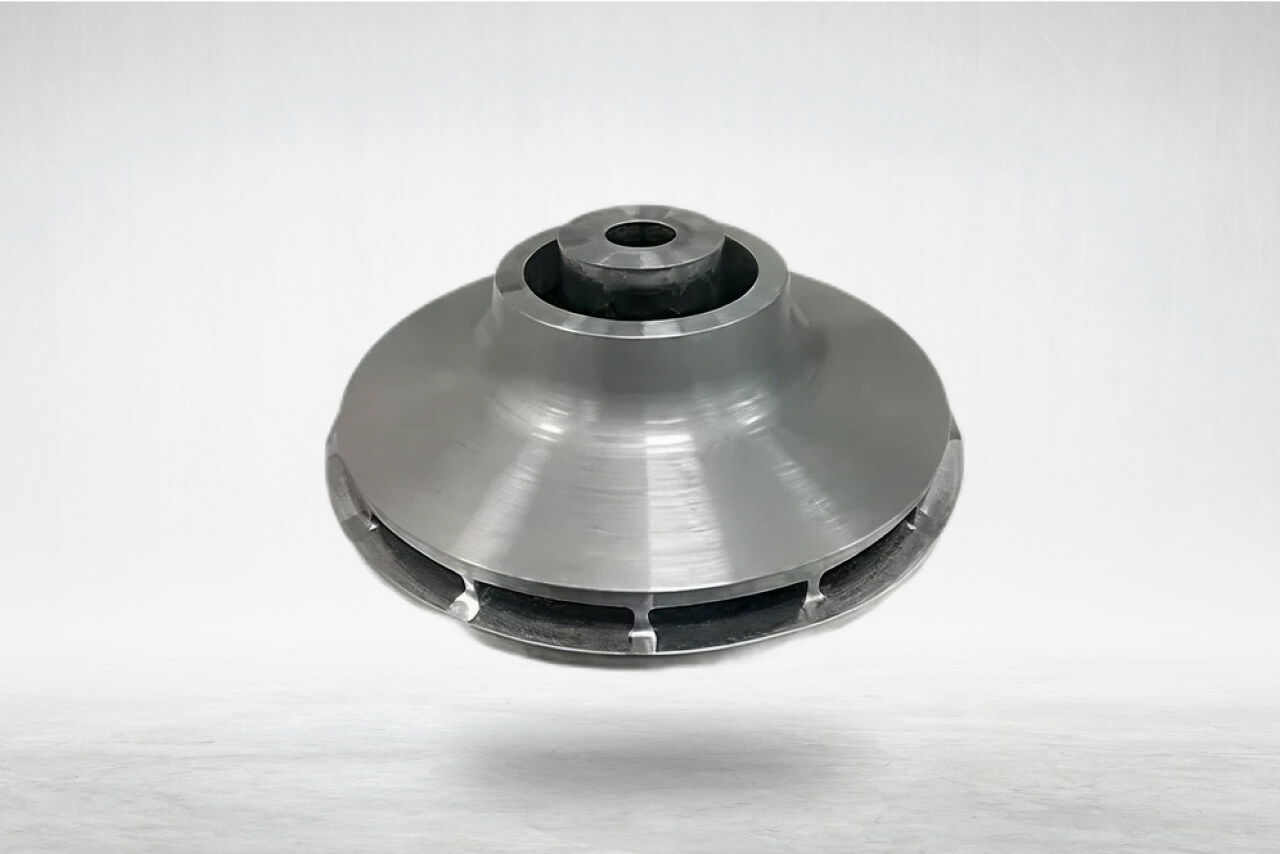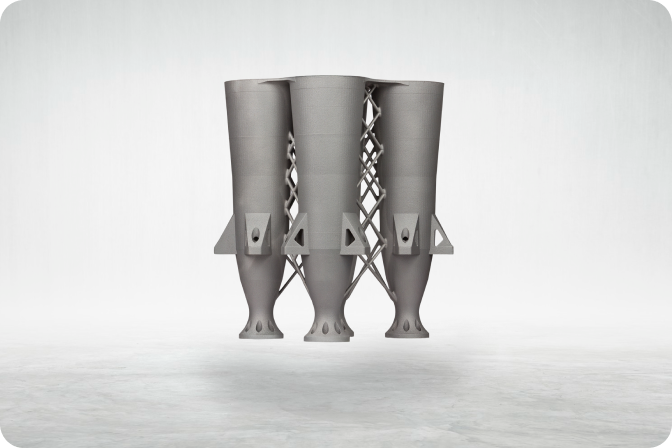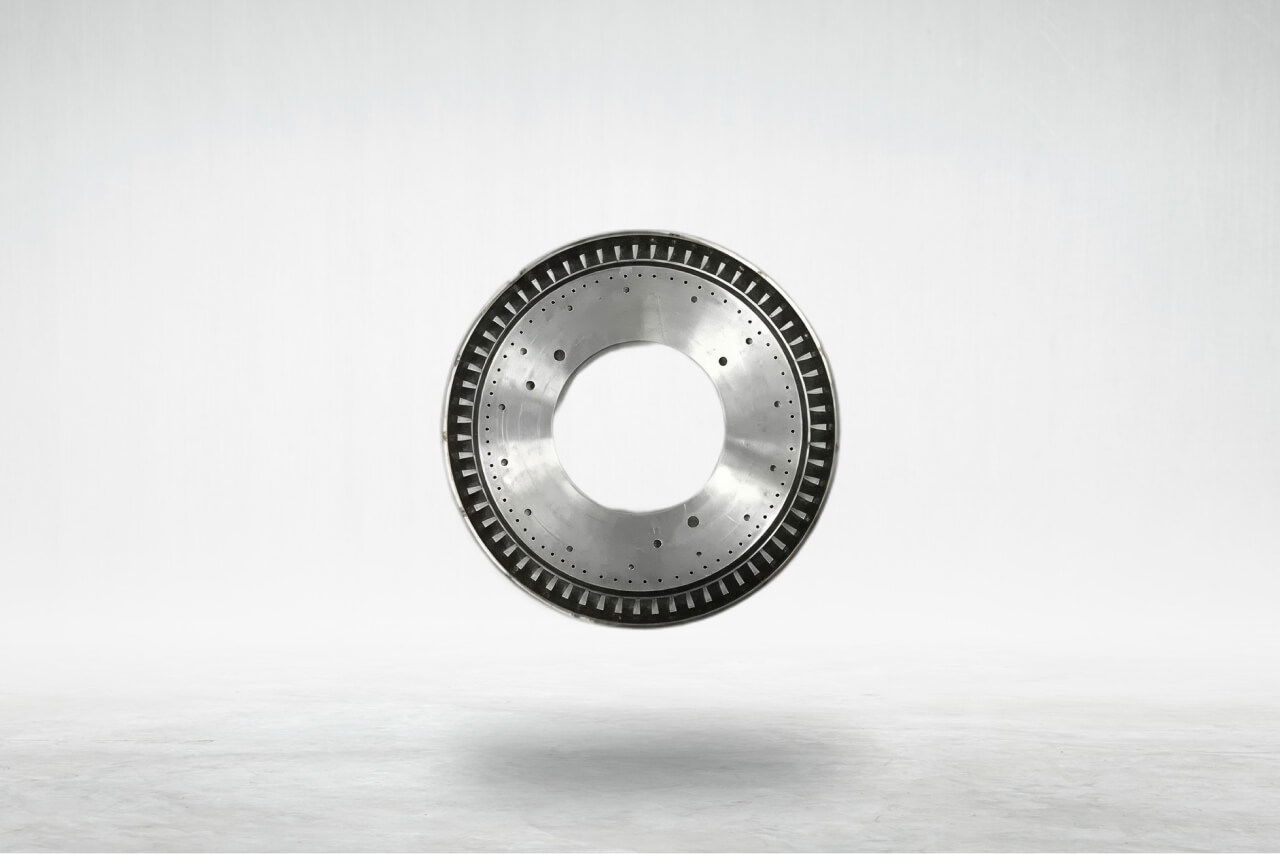STFE Starting Nozzle
The Starting Nozzle is a critical component of Turbo Fan Engine. The engine has wide…

CATEGORY
Defence
MATERIAL
IN718
The defence industry is among the earliest adopters of Additive Manufacturing along with the Aerospace industry, in a myriad of applications State run defence agencies and private defence organizations are using AM in highly critical projects for missiles, fighter jets, customized equipment, handheld weapons, drones, respiratory gear, and much more. The defence logistics and product acquisition Th processes are already in the process of transformation with the help of relatively small and tactical AM centers deployed in army, naval and air force establishments. Perhaps the most impactful application of AM could be portable in-field AM centers deployed near conflict zones.
About the Project
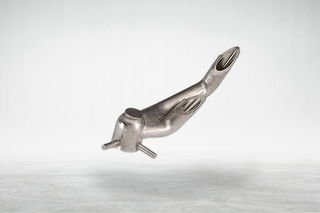
AM Competencies Used
Post Processing
A series of well-planned operations were incorporated into the realization strategy. Special features were added during the build to support the pre-planned post pr processing operations.
Build Technology
The component has a complex geometry with internal flow channels and flow pipes, with certain features very critical to the functionality of the component. Build parameters and Orientation were optimized to ensure finish with predefined values, especially in areas with no line of sight, on the part was very critical for this project.
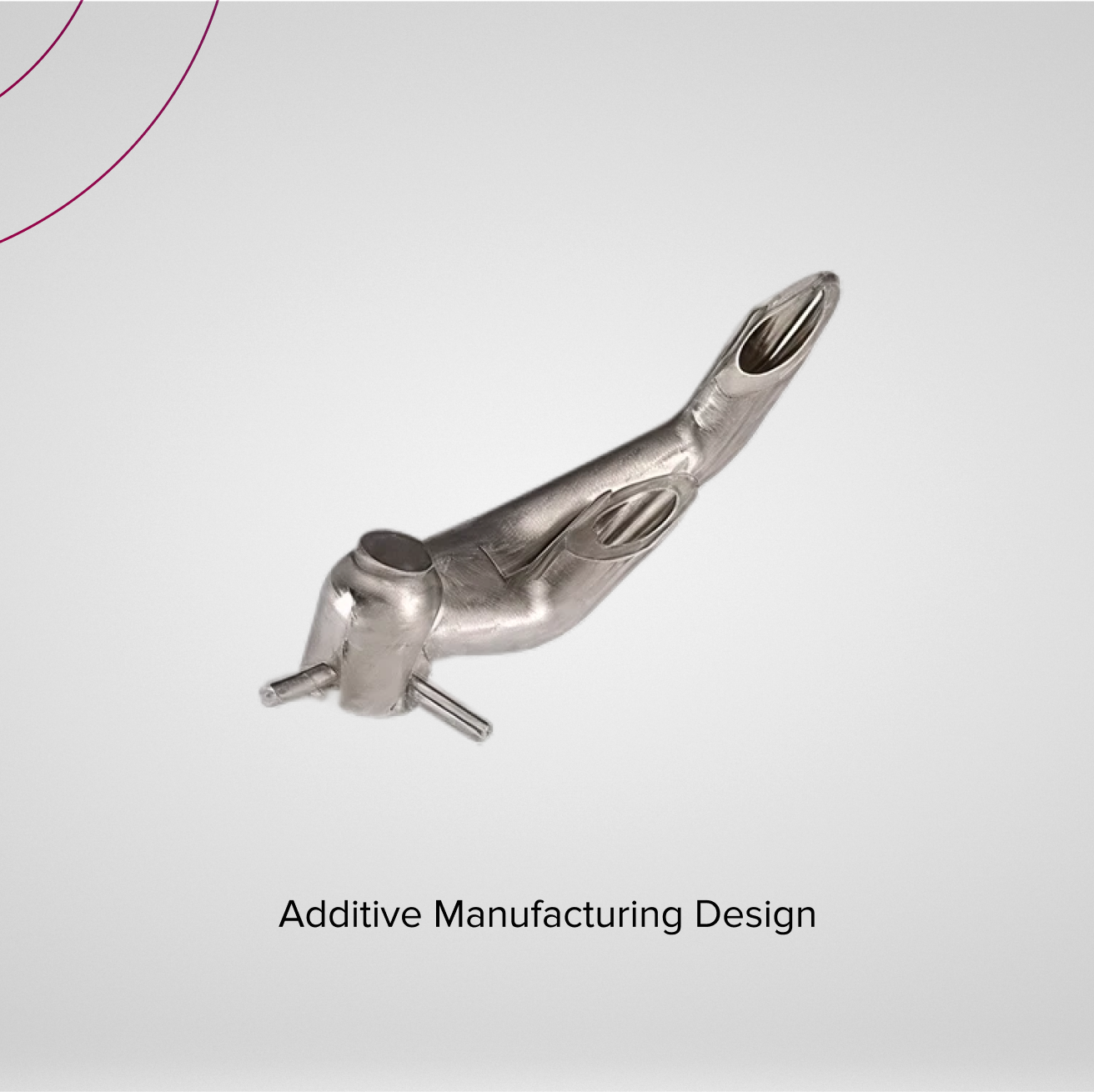
AM Value Addition

Time-to-realize
Currently this component is manufactured through investment casting, which requires setup time and costs. This adds to the cycle time of realization of the component. Wipro 3D has delivered the components within 4-6 weeks

